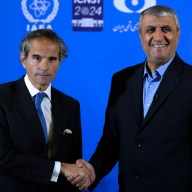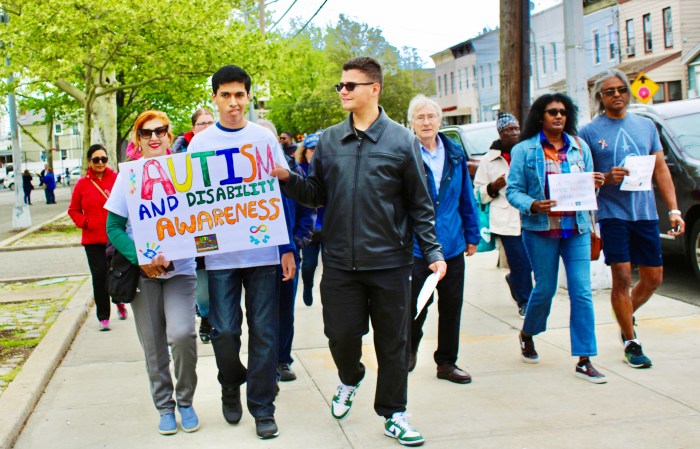Yesterday marked the fifth annual World Cancer Day. Its aim: To raise awareness of the disease, one of the world’s leading causes of death.
Consider this: One in three Canadians will be diagnosed with some form of cancer during their lifetime.
It’s a sobering statistic, one that prompts thousands of Canadians to participate in annual fundraising events such as The Ride to Conquer Cancer and The Weekend to End Women’s Cancer in Toronto.
But how exactly is the money used and how far away are we from finding a cure?
Dr. Benjamin Neel, a leading authority on cancer cell research, and the director of the Ontario Cancer Institute at Toronto’s Princess Margaret Hospital, is quick to point out that there will not be one cure.
“There’s not going to be “one-size-fits-all” cure for cancer,” he says. After all, there are more than a hundred types of cancer.
However, Neel believes we are in a golden age of cancer biology and medicine, given the many advances that have been made over the past two decades.
“It’s really a tremendously exponential increase in our understanding in the last 15 to 20 years,” he says, adding this has contributed to better treatment.
As an example, Neel says, “Twenty, 30 years ago, you’d say ‘this patient has breast cancer.’
Now we know that there are at least six different sub-types of breast cancer that have different genetic abnormalities underlying them and they respond differentially to therapies.”
This is where funds raised by the public make a difference.
Neel says funds go toward the treatment and prevention of cancer, including translational and clinical research, the salaries of researchers (currently, there are 248 at OCI), purchasing modern equipment, and programs such as tumour banking, and patient and survivorship care, all of which is extremely time and labour-intensive work — and extremely expensive.
“Everybody understands that times are tough economically, but cancer doesn’t take any recessions. It’s a growth industry,” says Neel.
“It would really be unfortunate that when, for the first time, we can sort of see a tipping point against cancer, the resources were not brought to bear that could be.”















